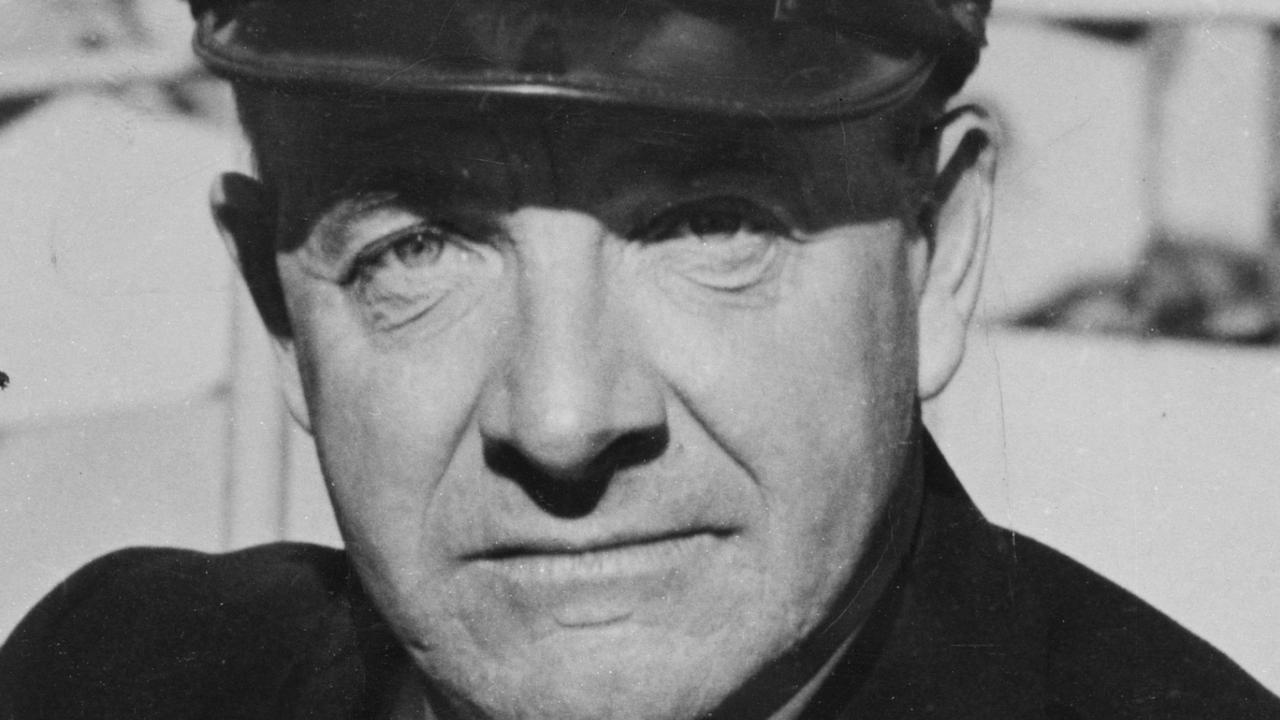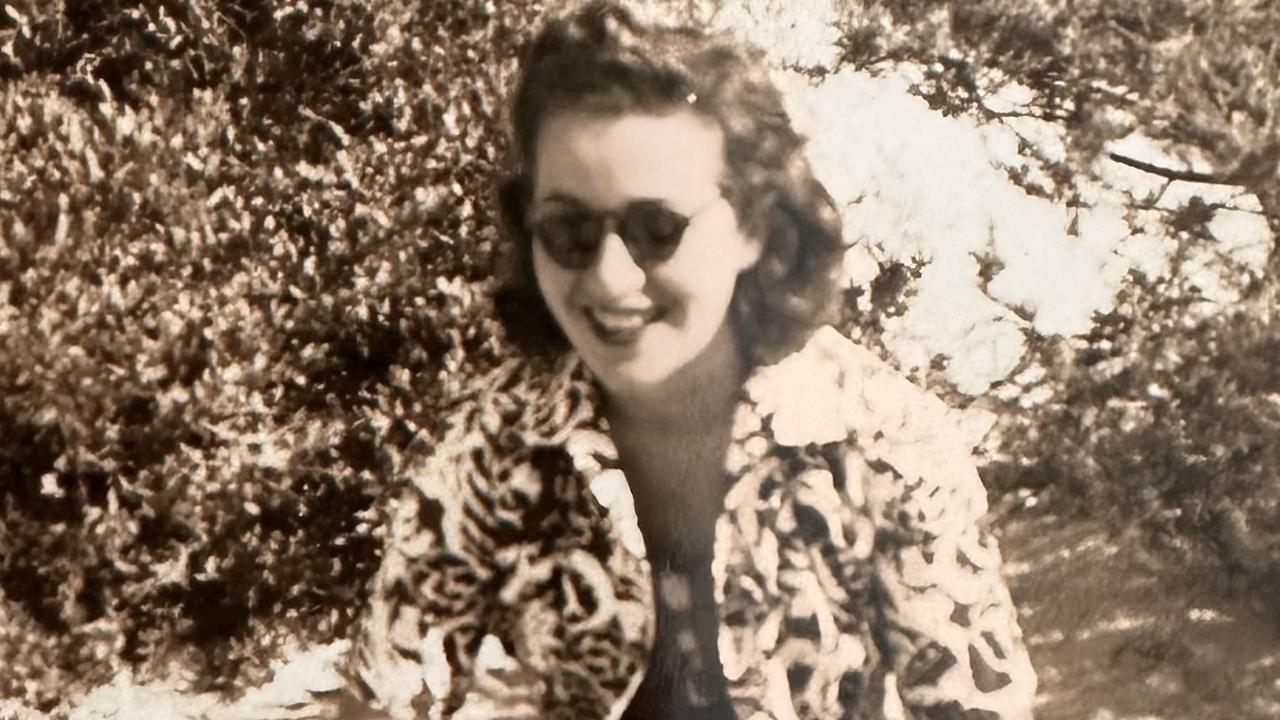Facts didn’t seem to bother US president Andrew Jackson as he destroyed a bank ‘dangerous to the liberties of the people’ triggering the Panic of 1837 recession
ONE hundred and eighty years ago today, the US began sliding into a recession thanks to the rash policies of a stubborn president.

Today in History
Don't miss out on the headlines from Today in History. Followed categories will be added to My News.
MARTIN Van Buren had been US president for just 66 days when his government faced a serious crisis, a national financial collapse. Inaugurated in March there were already signs of impending disaster as, throughout April, people crowded financial institutions demanding gold coins in exchange for the notes issued by the banks. The crowds grew angrier as the banks became more reluctant to pay.
On May 10, 1837, 180 years ago today, all redemption of banknotes in specie (gold coins) was suspended, sending a message that the banks could no longer pay. Diarist and one-time New York mayor Philip Hone wrote on May 11 that “a dead calm has succeeded the stormy weather of Wall Street and the other places of active business. All is still as death; no business is transacted, no bargains made, no negotiations entered into.” In subsequent weeks more banks failed and by the end of the month, business had come to a standstill. It became known as the Panic of 1837 and would lead to a six-year recession.
The crisis was brought on by a series of economic troubles including bad harvests and an international credit crunch. But it was all exacerbated by the war waged by previous president Andrew Jackson against the privately owned Second Bank of the United States (BUS), a bank established in 1816 to stabilise the US currency in the wake of the War of 1812. Despite the bank fulfilling that role admirably, Jackson, a stubborn populist who saw himself as champion of hardworking Americans against the political and social elites, was one of a group of politicians who insisted that the bank was corrupt and had to go.


Jackson argued that a national bank could be too easily used as a political tool by the federal government. When he was elected president in 1828 he saw his victory as a mandate to get rid of the bank, which he blamed for the recession of 1819.
Although this was demonstrably untrue, facts didn’t seem to bother Jackson as he forged ahead with his agenda, depicting the BUS as “dangerous to the liberties of the people”. In 1832 he vetoed a bill to renew the bank’s charter and moved federal revenues into various state banks personally nominated by him. He told his former campaign manager, and later vice-president, “The bank, Mr Van Buren, is trying to kill me, but I will kill it.”
As the BUS withdrew from its federal role in regulating the US currency, there was an unintended consequence; other private banks began issuing more of their own notes. But Jackson was a hard man who believed in hard currency, not paper money. In 1836 he issued an executive order, supported by Democrat senator Thomas Hart Benton and a group of other like-minded hard currency politicians, saying that government lands in the west could only be purchased with specie.
For two years from 1834 to 1836 the US had enjoyed high prices for American cotton and easy credit, a large part of which came from English investors. But bad harvests resulted in the US importing more goods, which, in addition to the influx of foreign investment in the US, had increased the national debt from $US110-220 million.

English banks put up their interest rate to discourage US borrowers, forcing up US interest rates. With an excess of paper money flooding the economy, banks began to run low in specie. The inability to pay debts had a flow-on effect. When banks began to call in loans, people found the land they had speculated on was worth less than they paid for it and were unable to sell their land to pay off their debts.
By the beginning of 1837 as Jackson prepared to leave the White House, his tinkering with the economy had sparked a financial collapse. Investors went to the banks to demand their money resulting in the decision to stop paying specie for bank notes.
Van Buren stuck to the policies of Jackson, refusing to rescind Jackson’s executive order on payment in specie or to reinstate the BUS. His failure to act condemned the nation to six years of recession, with business collapses, soaring unemployment and a stalled economy.
Hone’s assessment
of the situation was that “Jackson, Van Buren and Benton form a triumvirate more fatal to the prosperity of America than Caesar, Pompey and Crassus were to the liberties
of Rome.”
Originally published as Facts didn’t seem to bother US president Andrew Jackson as he destroyed a bank ‘dangerous to the liberties of the people’ triggering the Panic of 1837 recession



